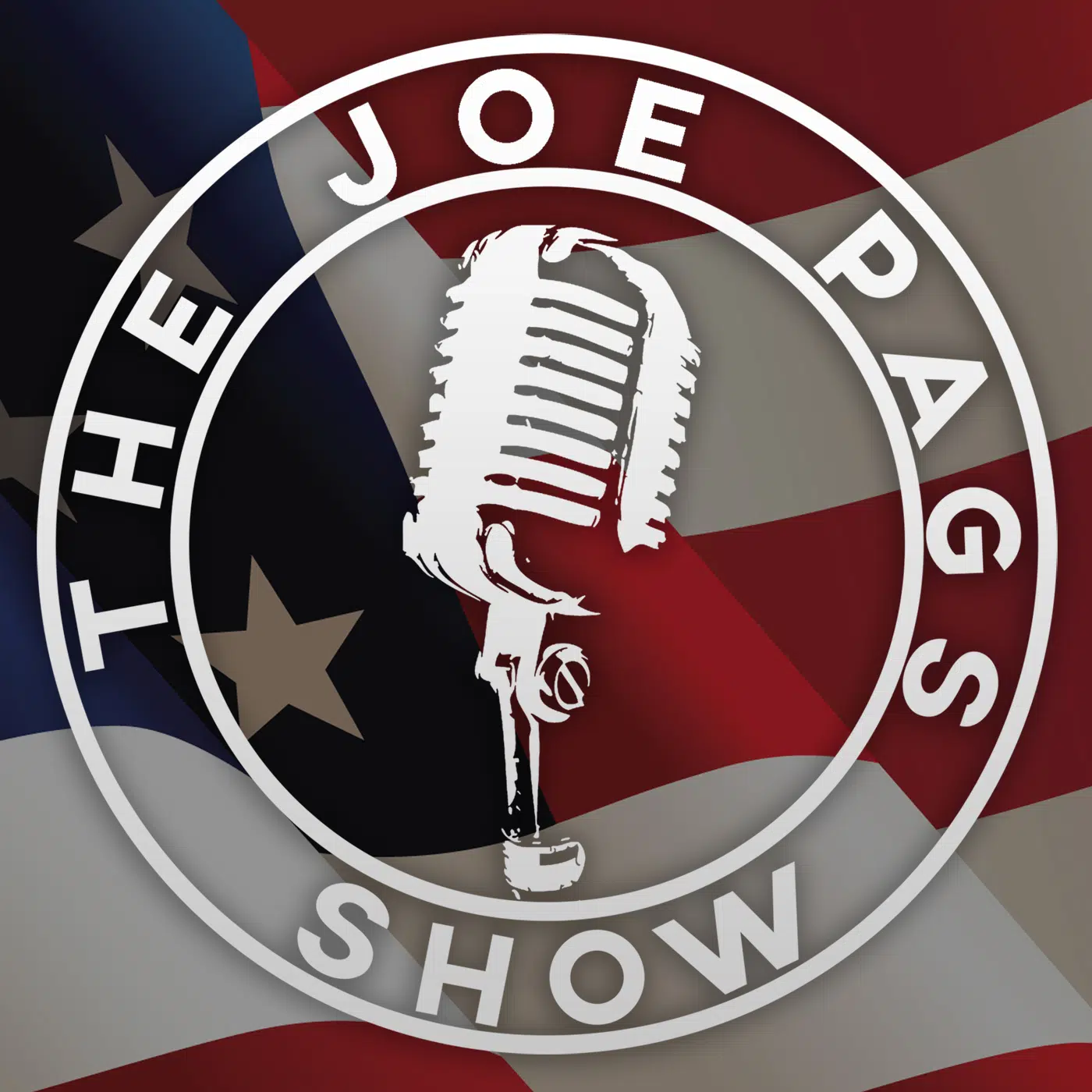By Howard Schneider
WASHINGTON (Reuters) – In September 2021, after absorbing three months of price hikes that were more than double the Federal Reserve’s 2% target, U.S. central bank staff and policymakers shifted from their more passive tone about inflation and began describing it as “elevated.”
Triggered after the personal consumption expenditures price index used by the Fed to set its inflation target topped 4% in May, June and July of that year, the elevated inflation description remains in the rate-setting Federal Open Market Committee’s policy statement to this day, even with the PCE now down to 2.6% and, it seems, still falling.
The Fed’s policy meeting next week may finally usher the word out the door. If so, it would mark the strongest signal yet that the central bank plans to cut interest rates as soon as September and begin the easing part of its monetary policy cycle, something investors now see as a near-certainty.
Downgrading how inflation is described to something milder than elevated could also lead the Fed to edit the other key sentence in its current policy statement: That rates would not be cut until officials “gained greater confidence that inflation is moving sustainably toward 2 percent.”
Fed staff stopped describing inflation as elevated in January after the PCE fell below 3%, and policymakers heading into the July 30-31 meeting noted inflation was slowing more broadly across the economy and building their confidence that the slowdown would continue.
They have started using phrases like “drawing closer” to describe the distance remaining to a policy shift, and hinted at possible thresholds that could warrant changes in how the Fed describes the economy and its policy reaction to it.
In comments to reporters in late June, Atlanta Fed President Raphael Bostic said he would be “surprised if … anything more than half a percentage point would be viewed as not elevated,” pointing indirectly to inflation of 2.5% or lower as a benchmark to at least consider changing the description of inflation.
Many economists feel that threshold will be hit or exceeded when PCE data for June is released on July 26.
The opening sentences of the policy statement, with descriptions of growth, the job market and inflation, are used “to call balls and strikes” about the economy, Richmond Fed President Thomas Barkin told reporters last week. With new PCE data coming ahead of the meeting, “we’ll see what the number is and make whatever adjustments are appropriate.”
SHAPING THE DISCUSSION
Some economists feel a change is justified.
“They should make a more aggressive acknowledgment that inflation has cooled,” said Neil Dutta, head of economic research at Renaissance Macro, who noted in a recent analysis how aspects of inflation that had troubled Fed officials now seemed to be turning their way.
A new housing inflation indicator, for example, developed by the Bureau of Labor Statistics to capture shelter inflation trends more quickly than the slow-changing measurements used for the benchmark consumer price index, showed “a meaningful deceleration” with rents falling through the second quarter.
“There is additional slowing in housing rental inflation in the pipeline,” Dutta added.
Fed staff have already made a shift, the minutes of recent U.S. central bank policy meetings show.
During last December’s meeting, with available data showing inflation at 3%, central bank staff said inflation “had eased over the past year but remained elevated.”
But at the meeting the following month, with PCE inflation having dipped to 2.6% in December, the elevated description was missing from the staff report. The staff said only that inflation “remained above 2%” after falling “markedly over the course of the year.”
Staff commentary about the economy doesn’t typically capture the limelight, since the Fed’s deep bench of economists aren’t the ones deciding on actions that can have lasting implications for the financial wellbeing of U.S. households.
But staff views do shape the discussion, and changes in tone can offer a signal about where policy is heading.
As price rises accelerated in 2021, Fed staff and policymakers first acknowledged that inflation “has risen,” a phrase used in the April, June and July policy statements that year.
Year-over-year PCE inflation was still just 1.8% in February 2021 but rose to 2.7% in March. That figure had not actually been released when the Fed met in April of that year, but economists could have closely estimated it from other data.
Staff made the shift to describing it as elevated in September 2021, and so did the policy statement.
The Fed’s inflation benchmark would continue rising from there, peaking at 7.1% in June 2022. The decline since then has been precipitous, and increasingly across the board.
Goods prices have been falling – a dependable drag on inflation in the decade before the COVID-19 pandemic that has resumed, at least for now.
Wages are moderating, and increases in a “sticky” set of services prices are as well.
The U.S. was “closer to a disinflationary trend that we’re looking for,” New York Fed President John Williams said in a Wall Street Journal interview last week.
Omair Sharif, head of Inflation Insights and a close watcher of price trends, said the evidence seems clear.
Excluding high readings in early 2024 that now seem like noise and not the trend, Sharif noted that underlying inflation for 10 of the past 13 months had on average hit the Fed’s 2% target.
“I look at it from the perspective of last summer,” when underlying inflation, excluding noisy food and energy prices, began to fall, Sharif said. In that context, dropping the reference to elevated inflation was not only warranted but “might be a good way to go at the July meeting to signal that September is on the table as the first (rate) cut.”
(Reporting by Howard Schneider; Editing by Dan Burns and Paul Simao)





Comments